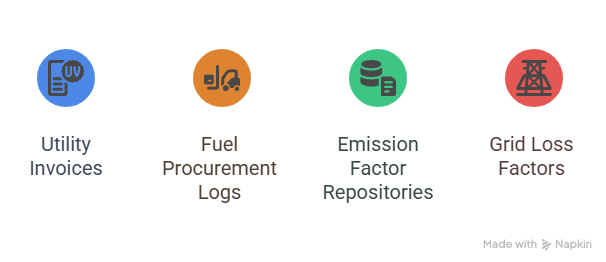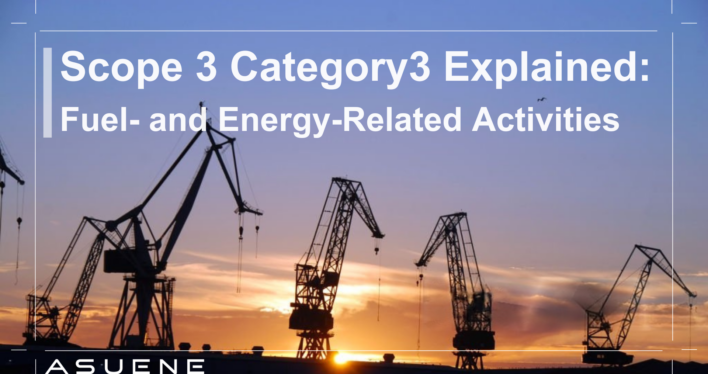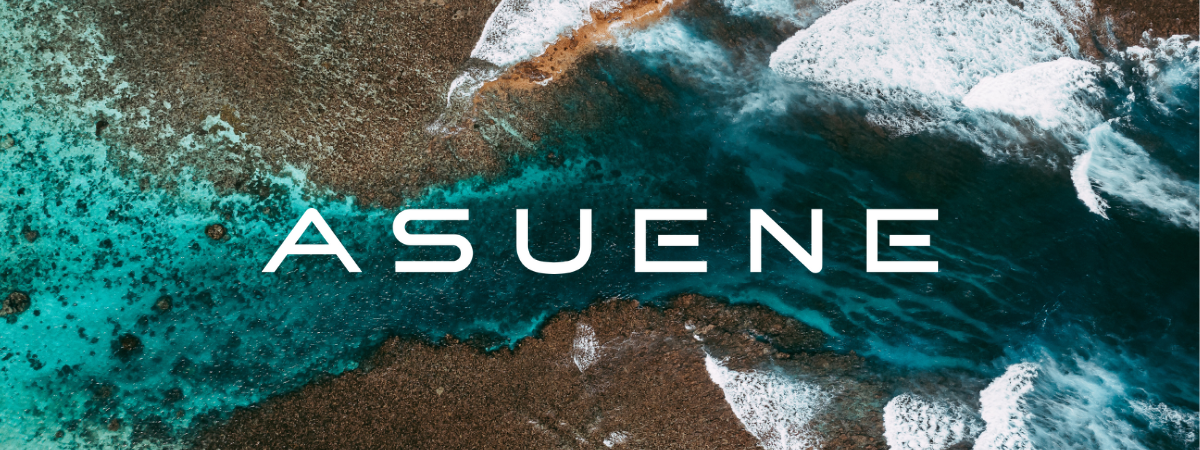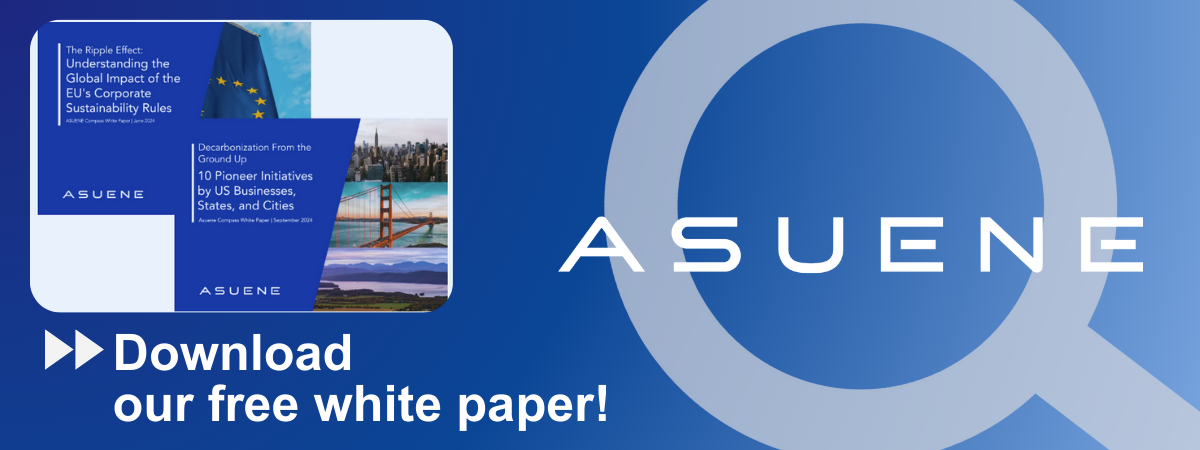- Article Summary
-
Overview of Category 3: Fuel- and Energy-Related Activities
Scope 3 Category 3 includes upstream emissions from the production and delivery of fuels and energy purchased by a company, which are not already accounted for in Scope 1 or 2. These emissions occur before the energy reaches the company and include activities such as extraction, refining, transportation, and losses in transmission and distribution.
This category is increasingly relevant for companies looking to fully understand and address the carbon intensity of their energy supply, especially as regulators and investors demand more comprehensive emissions disclosures. While Scope 2 covers the emissions from purchased electricity at the point of use, Category 3 looks at the well-to-tank and transmission and distribution (T&D) losses upstream.

Boundary and Scope Definition
Included in this category:
- Upstream emissions of purchased fuels (extraction, refining, and transport of coal, oil, natural gas, etc.)
- Upstream emissions of purchased electricity (fuel extraction, power generation, and transmission losses)
- Emissions from steam, heating, and cooling if not already included in Scope 1 or 2
This category excludes on-site fuel combustion (Scope 1) and direct emissions from consumed electricity (Scope 2).
This boundary aligns with recent updates:
- ISSB IFRS S2: Emphasizes full lifecycle emissions tracking in energy use
- EU CSRD: Requires upstream energy data for a complete GHG profile
Calculation Methodologies
The most common methods are:
- Average Data Method: Use published emission factors for fuel production and electricity transmission losses.
- Supplier-Specific Method: Where possible, obtain upstream emissions data from energy suppliers or utility providers.
Calculation components:
- For fuels: Multiply quantity purchased by upstream emission factor (e.g., gCO₂e/MJ)
- For electricity: Account for generation mix + grid loss factors
Energy modeling tools and lifecycle databases are often required to estimate emissions for regional electricity grids and fuel sources.
Data Collection Strategies
Gathering data requires collaboration with energy procurement, utility providers, and sustainability teams:

- Utility Invoices: Capture kWh purchased and energy source mix
- Fuel Procurement Logs: Include details on volumes and suppliers
- Emission Factor Repositories: Use national or international databases with region-specific data
- Grid Loss Factors: Access public transmission loss data for accurate accounting
Future regulations may require verified upstream energy data from suppliers, making early system integration essential.

Emission Reduction Approaches
Reducing emissions in Category 3 focuses on cleaner procurement and grid-aware strategies:
- Switch to Lower-Carbon Fuels: Replace coal or diesel with natural gas or biofuels
- Electrification: Replace fuel-based processes with electric alternatives when powered by renewable sources
- Time-Based Energy Use: Shift operations to periods of lower grid intensity (dynamic carbon pricing)
- Purchase Agreements: Use green tariffs or Power Purchase Agreements (PPAs) to influence upstream generation mix
- Efficiency Improvements: Reduce energy intensity through operational upgrades
These measures help reduce both Scope 2 and Category 3 emissions simultaneously, enhancing overall energy strategy alignment.
Case Studies: Leading Practices in Energy-Related Emissions Management
Google accounts for the full lifecycle emissions of its electricity use and targets 24/7 carbon-free energy at all locations. It models grid carbon intensity hourly and adjusts operations and procurement accordingly. (Google 24/7 Carbon-Free Energy)
IKEA
IKEA includes upstream fuel and electricity emissions in its Scope 3 reporting and is investing in biogas, hydrogen, and direct electrification of its logistics operations to decarbonize energy use. (IKEA Sustainability Strategy)
Thyssenkrupp
The industrial firm Thyssenkrupp tracks well-to-tank emissions from its energy supply chain and has committed to using renewable electricity in all production sites by 2030. (Thyssenkrupp Climate Strategy)
These cases highlight the importance of considering full energy lifecycle emissions—not just usage—for organizations serious about decarbonization.
Why Work with ASUENE Inc.?
Asuene is a key player in carbon accounting, offering a comprehensive platform that measures, reduces, and reports emissions, including Scope 1-3, with expertise in decarbonization. Asuene serves over 10,000 clients worldwide, providing an all-in-one solution that integrates GHG accounting, ESG supply chain management, a Carbon Credit exchange platform, and third-party verification.
ASUENE supports companies in achieving net-zero goals through advanced technology, consulting services, and an extensive network.


